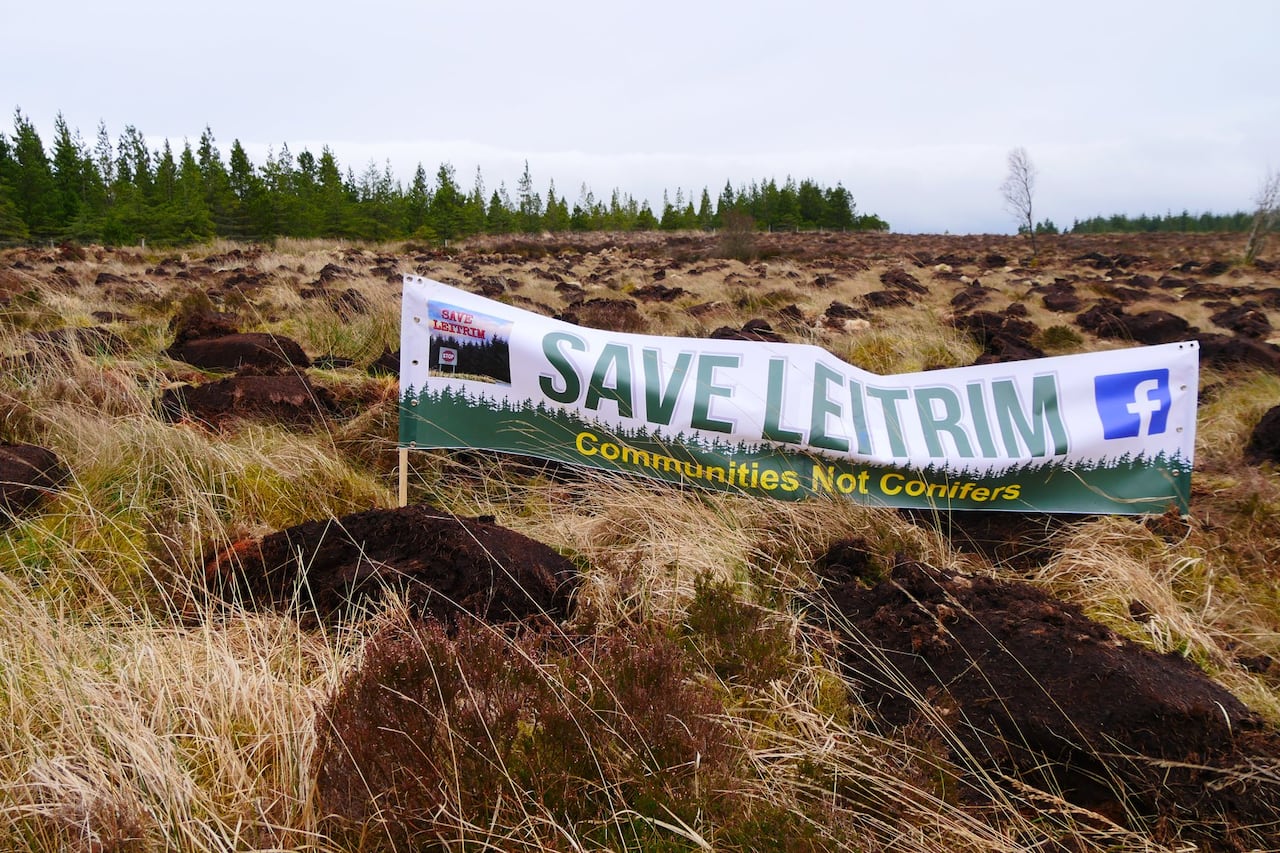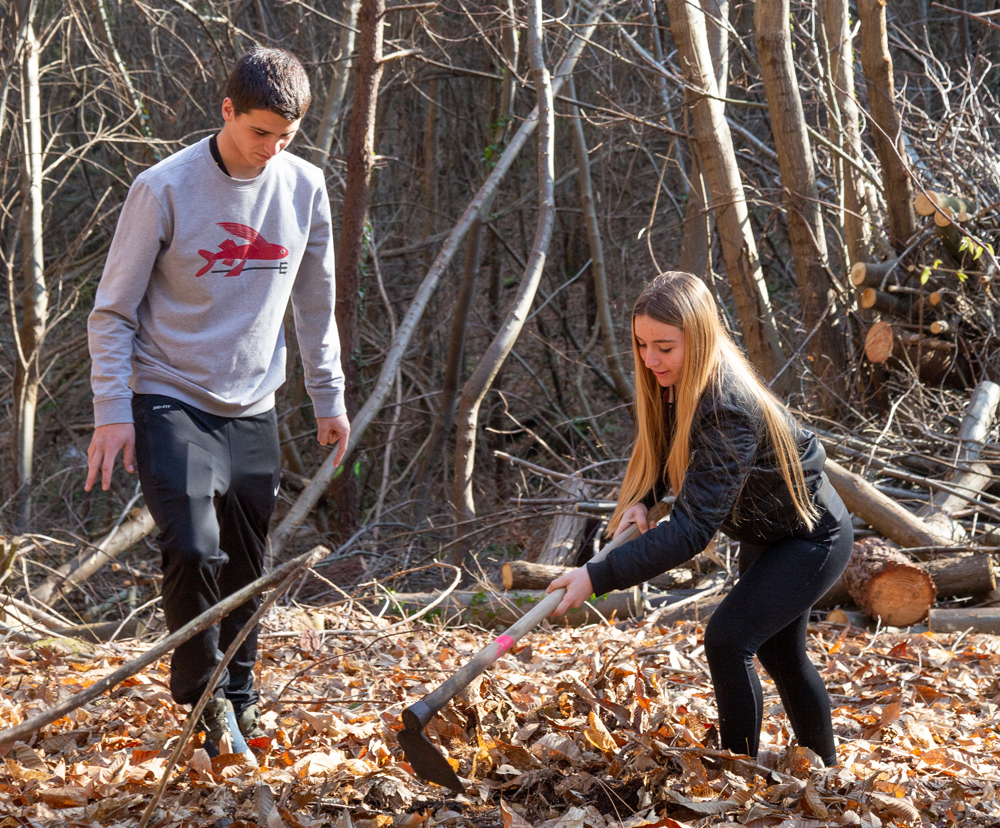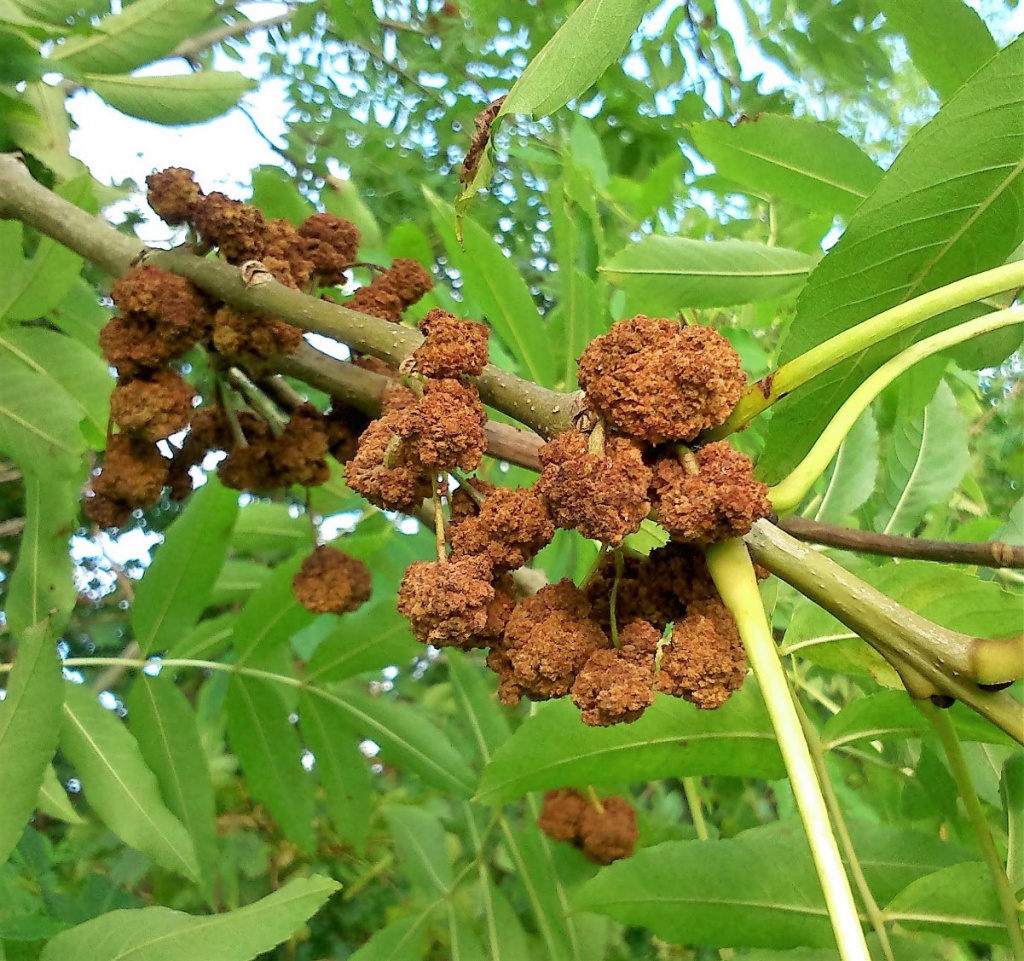Naturkone asks political parties what they are going to do with forestry policy before the elections.
- On the occasion of the elections in Hego Euskal Herria, as in the whole of the Spanish state, in April and May, the Naturkon coalition, which brings together several environmental groups in Gipuzkoa, has sent to all the political forces based in the General Boards of Gipuzkoa and in the Basque Parliament a forestry policy document with its proposals, requesting that they analyze the water and the proposal. Another document on the management of hunting and fishing will be forwarded to you shortly.

Naturkone wants the political parties that want to reach the General Meetings of Gipuzkoa and, therefore, the government of the Provincial Council to explain to the public what their criteria for environmental protection will be in the next four years. The first document he has sent to them is that of forests, a very topical issue, because due to the diseases of pine insignis, the current authorities (PNV-PSE) have decided to fumigate the pine forests with copper oxide. In the coming weeks, however, you will also be sent another document on the management of hunting and fishing, and – as Naturkon- promised – ‘we will, in a while, pick up and present the answers you have given us’.
The first document submitted by Naturkone to the political parties in Gipuzkoa states:
Need for forest change in Gipuzkoa
The forestry sector in Gipuzkoa and Bizkaia has been a matter of public opinion since the autumn of last year. Our landscape is flushing, and not because the pine forests are affected by the disease, but because the need to take wood intensively with heavy machinery and matarrase makes us see the mountains becoming clearer and clearer. Once again, a large number of tons of land to the streams and to the sea, increasing the erosion and impoverishment of the soil. Whether it is a public or private area, a protected natural area or the Natura 2000 network.
The timber sector is the one that governs the public forestry policies of the administration. In its favour, forestry is regulated as the only option for the management of our forests, as a model of intensive exploitation based on the monoculture of exotic species. Without taking account of environmental damage, public money underpins this increasingly less profitable activity for landlords and other small landowners. The political clientelism practised by the PNV, always to the detriment of the environment, is deplorable. But, despite the fact that this exploitation model has led to a crisis that cannot be concealed, our administration is committed to maintaining this model. Rearranging subsidies for cutting wood, fumigating with air with unproven cuprous oxide that affects painting and replacing pines with other fast-growing conifers and exotic tree species (including eucalyptus): that is, to somehow maintain the structured policy to feed the timber sector, that is the approach of our administration in the face of this environmental crisis.
Need for real innovative forest policies
This locality, so advanced and predictably advanced in other economic sectors, works in the primary sector with behaviors of the 19th century, without paying attention to the environmental influence of human activity. In Gipuzkoa we have hardly any natural forests (75% of the original forests have already been lost in the CAPV), the small plots we have are in a deplorable ecological situation, with an impact on biodiversity. We have completed the territory of wood plantations intended for the extraction of wood in both public and private forests. The Member is responsible for managing our natural environment and natural values, so it could be expected that at least in public benefit forests and protected natural areas other policies for the recovery of the common heritage would be prioritised, recovering the native forests (robledales, hayedos, holm oaks or pears) and abandoning wood production. But that's not the case.
In a country with a climate and a orography like ours, the forest is the support of the natural environment. We get the water from the forest, the forest holds it. We have always exploited our forests, we know the consequences of unsustainable timber harvesting: we have led them to the almost disappearance of the forests. However, we have learned nothing from the past, we have not changed the forest in its way of understanding and seeing. In the advanced countries, this debate has been going on for a long time. We need only look to Northern Europe to see other forestry policies. Plantations are made with native species, of course, for profit. In Navarre and Álava we also have other models.
But for that, too, it has to change the wood industry. We must give way to wood with slower growth and higher quality, and that is what the industry is not prepared to do here. Cheap firewood seems to be more favorable. And it's a bargain. For the coming years, tonnes have been accumulated at the next zero price. The owners are in a worrying situation, not the wood industry. The future approaches of the Basotek consortium have recently been presented. They concern bio-economy, bio-label, sustainable economy, green chemistry and bioefficiency: Basoa 4.0 alajaina, a strategy that encompasses the disciplines of R&D+i. Words, empty words, to give new outlets to low-quality wood obtained through fast-growing species. But without making the least thought about the environmental impact. In one way or another, they want to keep the model, put our mountains at the service of a particular industry. They find it profitable.
In addition to wood, all forest services
The forest provides other benefits that are not wood: water, leisure, food,… health. In other words, forests provide us with ecosystem services that can be measured in money. These services are much more beneficial than wood and can be more profitable by changing forest policies. Naturkon, the association of naturalist and ecologist groups in Gipuzkoa has represented the axes and working group that should be based on: Biodiversity Council. It is up to the Member to set up this Council and to design a new forestry policy. The crisis in the primary sector requires a change of system that combines modernization with the conservation of the exploitation of the natural environment to place it in the paradigm of the global ecological crisis. The future is at stake.
Basotik fundazioa aurkeztu du duela gutxi Gipuzkoako Foru Aldundiak, lurralde horretako baso pribatuen kudeaketa “aurreratua” egiteko asmoarekin. Baina Gipuzkoako lurrak industria-forestalistaren kolonia edo fabrika handi bihurtu nahi badira, horrek izen bat dauka:... [+]
We are eating at home the last apples we have received since last year, the Malus domestica. The ones that are in shape are cauliflower, Brassica oleracea var. botrytis. The ash, the Fraxinus excelsior, is there, still, safe, waiting longer days to blossom.
In front of our door... [+]
The time when lambs are born is usually a little later, but here and there I have already seen one or the other. When Axuria is born, the mother sheep washes her shoulder licking her body; she is said to love her. The offspring come of all kinds, the mothers are of all kinds,... [+]
On the hill that dominates our house, the farmhouse Aitzondo has ample forests. In the trees a plantation stands out, especially now in autumn. When a tortuous storm is reached by the sea and the hill descends, the ends of these cutting trees appear among the rubble. The tulip... [+]
The fungi that have attacked the insignis pine have turned the forestry of Bizkaia and Gipuzkoa upside down. Total forestry, which has changed without major ups and downs in almost a century, has been called into question by some worm mushrooms. More than Xixtrin, we will have... [+]
In the participatory budgets of 2017 a citizen proposed to create an edible forest in the natural area next to the canal of Sarriguren (Navarra). At that time it was not the most voted project and the proposal was therefore rejected. However, the idea of creating an edible... [+]
Saran martxoaren 1etik 3ra burutzen ari dira Zuhaitz mugarroen 2 biltzarra. Elikagaien ekoizpenean soroetan zuhaitzak integratzearen abantailak lantzen dituen agroforesterian gero eta interes handiagoa pizten dute egurretarako bezala aziendak elikatzeko lepatu edo mugarrotutako... [+]





















